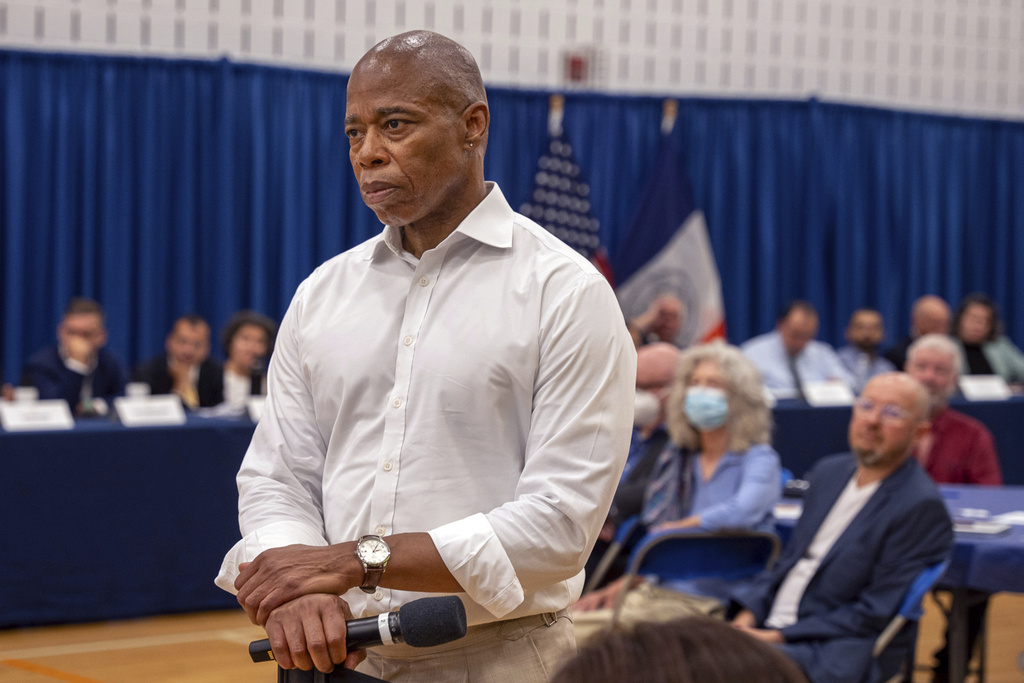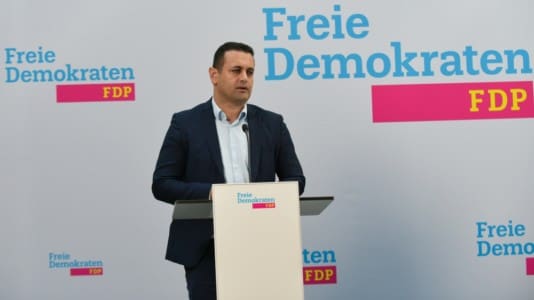For years, New York City’s leaders have held the city up as a beacon for others, with its unique approach to supporting all newcomers seeking aid. New York has traditionally been seen as a testing ground for the Democratic Party’s ambitious social experiment of creating a “sanctuary city,” as proudly stated by Mayor Eric Adams a few months ago.
Since 1981, New York City and the State of NY have maintained a unique policy in the U.S., known as the Callahan decree. This mandates local authorities to “provide food and shelter to any homeless person who requests it,” regardless of their status, income, or nationality.
Upon becoming the mayor on January 1, 2022, Eric Adams, a former African-American police officer, asserted that this policy would continue to cover illegal immigrants arriving from the Mexican border.
However, much has changed since then. Over the last 18 months, the city has witnessed the arrival of over 110,000 immigrants. Catering to this influx has put an immense strain on the city’s budget. It’s estimated that the cost of maintaining these newcomers will be $4.7 billion by the end of the year.
New York is not financially equipped to handle this. The city lacks the necessary housing for all. While some have been relocated to neighboring counties like Rockland and Orange, even these places have run out of room. As a result, throngs of homeless immigrants are now camping on New York streets, enduring makeshift conditions, and waiting for a better fate, with no immediate solution seemingly in sight.
The situation is further complicated by Republican governors in southern U.S. states who oppose unchecked immigration. They’ve begun arranging transportation for illegal immigrants to Democratic-led states supporting open border policies, such as Illinois and New York.
A notorious instance last year involved two buses sent by Texas Governor Greg Abbott to Washington, D.C., on Christmas Eve. These buses unloaded dozens of homeless Latinos right in front of Vice President Kamala Harris’s residence — a provocative “holiday gift” symbolizing her party’s pro-immigration stance.
Given the overwhelming influx, Mayor Eric Adams has had a change of heart.
While acknowledging the boundless compassion of New Yorkers, he emphasized that their financial resources are finite. He declared the city can’t afford more immigrants and that the current numbers have created a crisis local authorities can’t handle. Yet, more keep arriving.
This scenario has ignited a conflict between Adams and the Biden administration, with whom he previously shared a strong alliance. Adams has now demanded decisive actions from the president, particularly financial assistance and an immediate reversal of the existing immigration policy.
However, the White House remains adamant in its stance.
If New York serves as a microcosm setting trends for the West, its current predicament should serve as a cautionary tale for those emulating its immigration approach.






